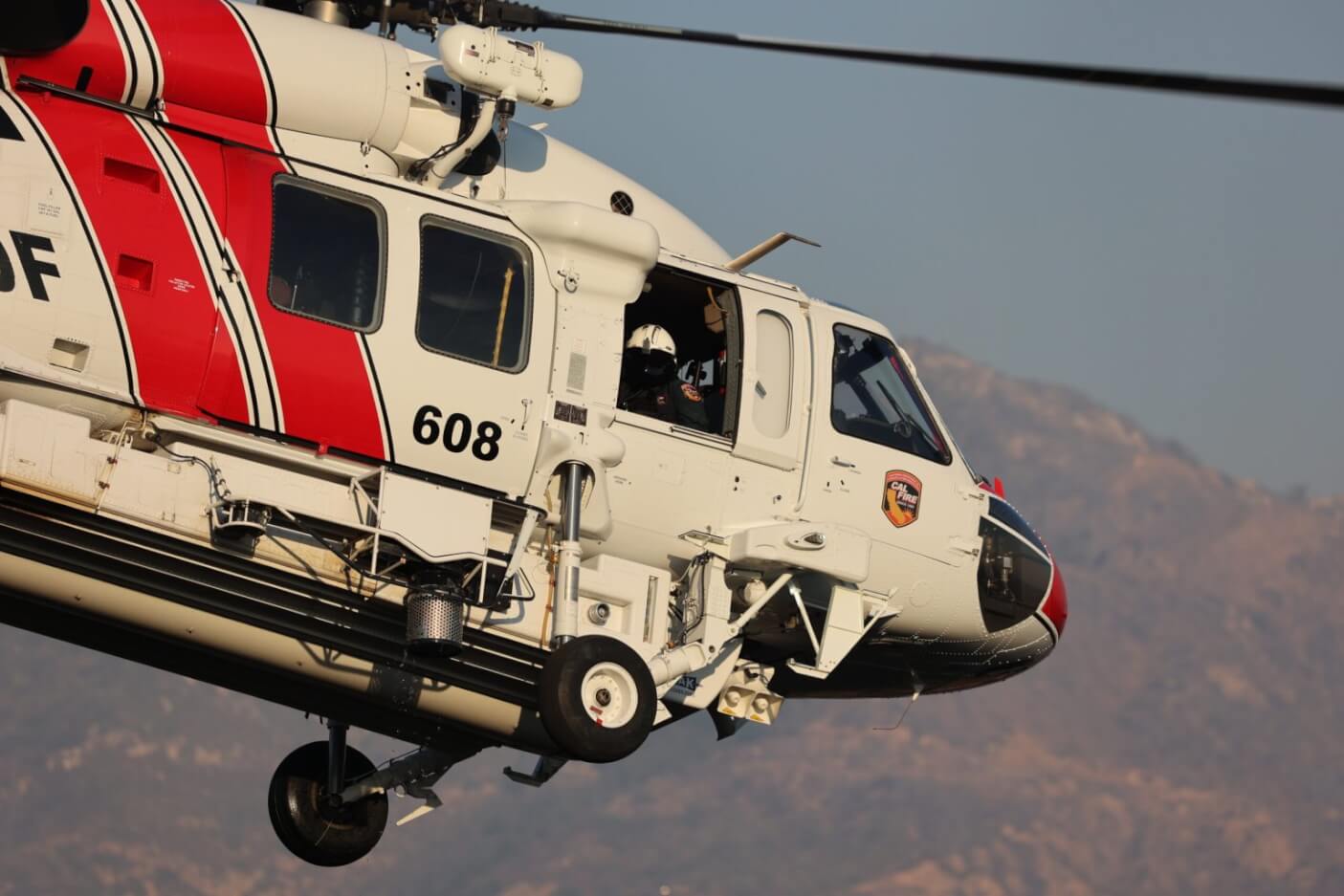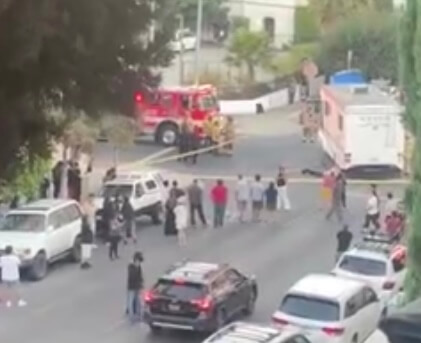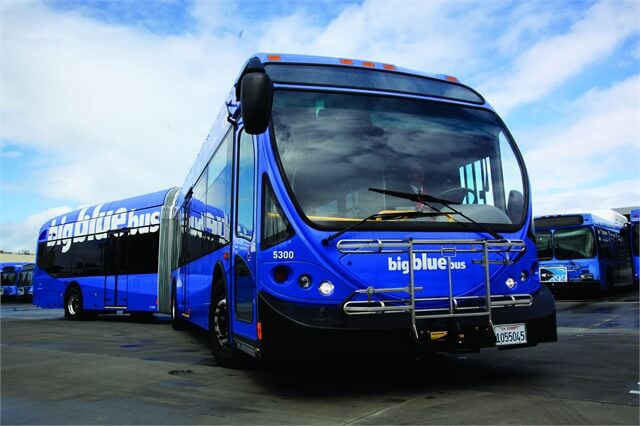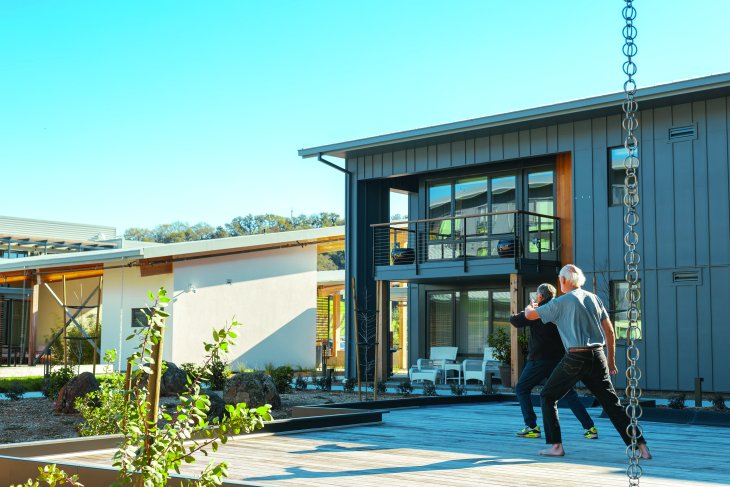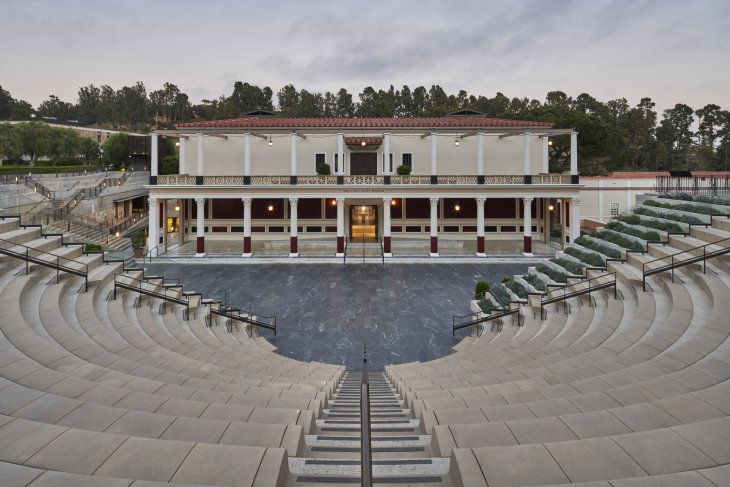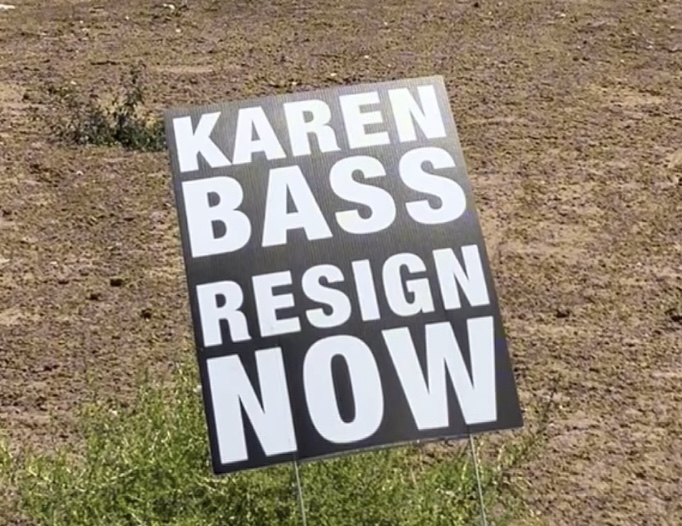The transition, which began in 2020, equips the fleet with advanced technology, including a 1,000-gallon water capacity—nearly triple that of the Hueys—and night operation capabilities using night vision goggles
California has completed a major upgrade to its aerial firefighting capabilities, with the arrival of two new Sikorsky S-70i Fire Hawk helicopters at McClellan Airfield, bringing the state’s fleet to 16. The delivery, announced Friday, marks the end of a multi-year effort to replace Vietnam-era Huey UH-1H helicopters across all 10 CAL FIRE Helitack bases, amid concerns over reduced federal firefighting support.
The transition, which began in 2020, equips the fleet with advanced technology, including a 1,000-gallon water capacity—nearly triple that of the Hueys—and night operation capabilities using night vision goggles. During January’s Palisades Fire, CAL FIRE helicopters dropped over 375,000 gallons of water, halting the blaze’s advance toward Mandeville Canyon and the 405 Freeway, potentially saving hundreds of homes. The fleet’s enhanced safety features and hoist systems also improve crew deployment and rescue operations.
The move comes as the Trump administration has cut 10% of U.S. Forest Service positions and 25% of non-wildfire response roles, with a proposed reorganization threatening to close the Pacific Regional Forest Service office. These reductions have raised alarms about wildfire response capacity, especially since federal agencies manage 57% of California’s forests compared to the state’s 3%. Last week, California sent a model executive order to the White House, urging federal action to match state efforts.
CAL FIRE Chief Joe Tyler highlighted the fleet’s role in addressing escalating wildfire threats, noting its first night mission in 2022 during the Electra Fire. The state has also added 1,800 full-time and 600 seasonal staff annually over five years, with plans to hire thousands more. Recent investments include $135 million for prevention projects and $72 million for ongoing efforts, part of over $5 billion allocated since 2019.

